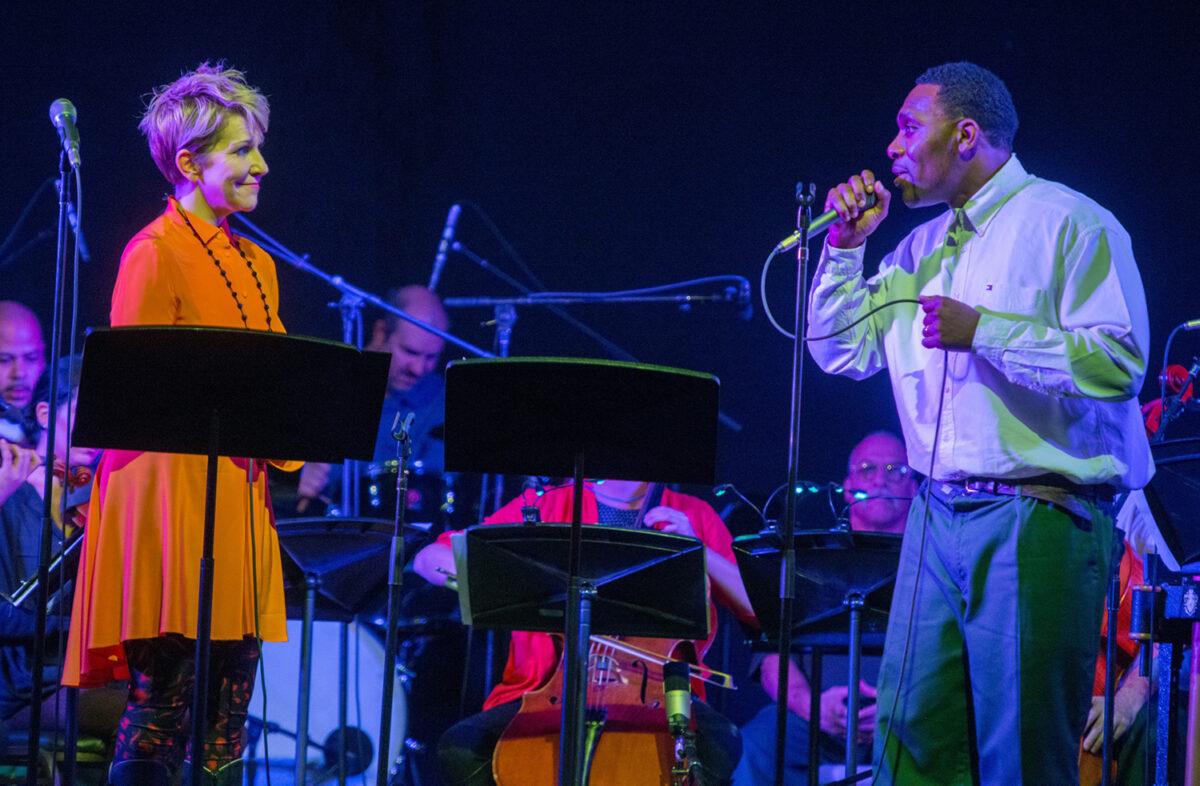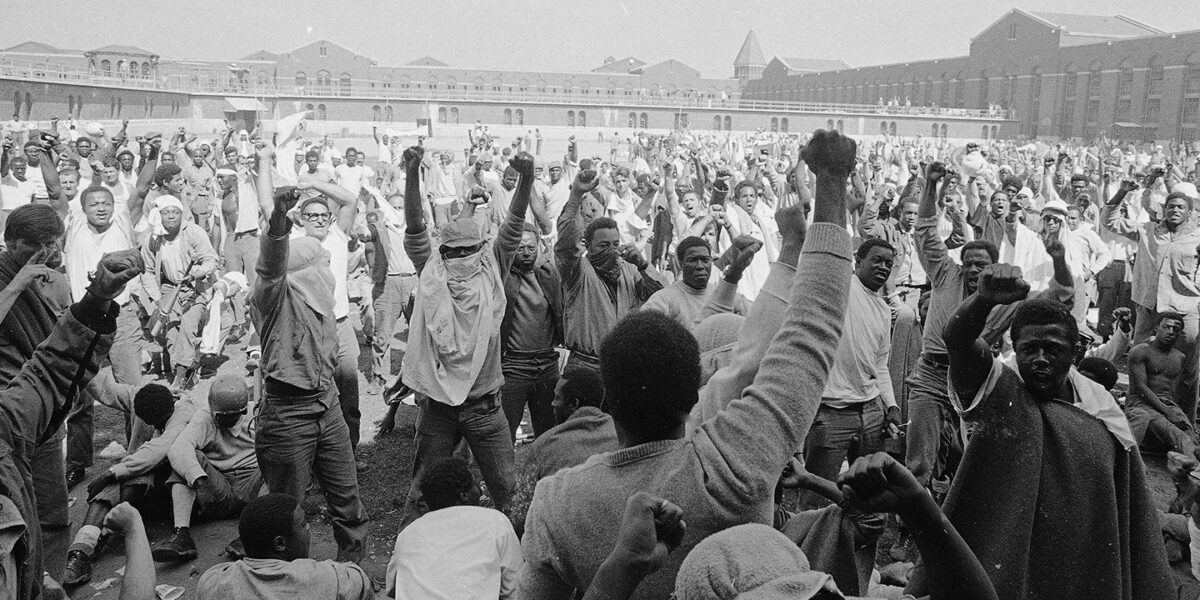WNYC recently featured a story inspired by John’s Marshall Project and VICE piece on cameras at Attica: How Thousands of Security Cameras Forced Change at New York’s Notorious Attica State Prison.
Author: johnjlennonjournalist
Spying on Attica
In a story produced in partnership with The Marshall Project and Vice, John J. Lennon explains how surveillance cameras drastically reduced assault by correctional officers in Attica, one of America’s most notorious prisons.
In an article for Literary Hub, Daniel Gross profiles John J. Lennon — his early life, the crime that landed him in prison, and how he became a prolific journalist behind bars.
Prisoners’ families should be allowed to order them books, John J. Lennon writes in his piece for The Guardian, as long as they don’t promote violence or radical ideologies. Current restrictions are self-defeating.
DiDonato Heads Up the River
In an article for OPERA America, John J. Lennon covers American opera singer Joyce DiDonato’s visit to Sing Sing Correctional Facility and her collaboration with fellow prisoner — and composer — Joseph Wilson.
Q&A featured in The Harvard Law Record
John J. Lennon conducts a Q&A with Bianca Tylek, director of a new initiative at the Urban Justice Center called the Corrections Accountability Project for The Harvard Law Record.
A Legacy of Payback
John J. Lennon reviews Blood in the Water: The Attica Uprising of 1971 by Heather Ann Thompson for the Fall 2017 issue of The Hedgehog Review.
John has been featured in the latest episode of the podcast Reveal “Does the Time Fit the Crime?” in a segment on using Swintec typewriters to write in prison.
John featured in New Yorker essay
John is featured in Daniel Gross’ New Yorker piece on the Swintec typewriter, “A Prisoner’s Only Writing Machine.”
In too many American prisons, John J. Lennon writes in an essay for Pacific Standard, fathers and sons live just a cell block apart. Here’s one way lifers are joining correctional workers to break the cycle.









